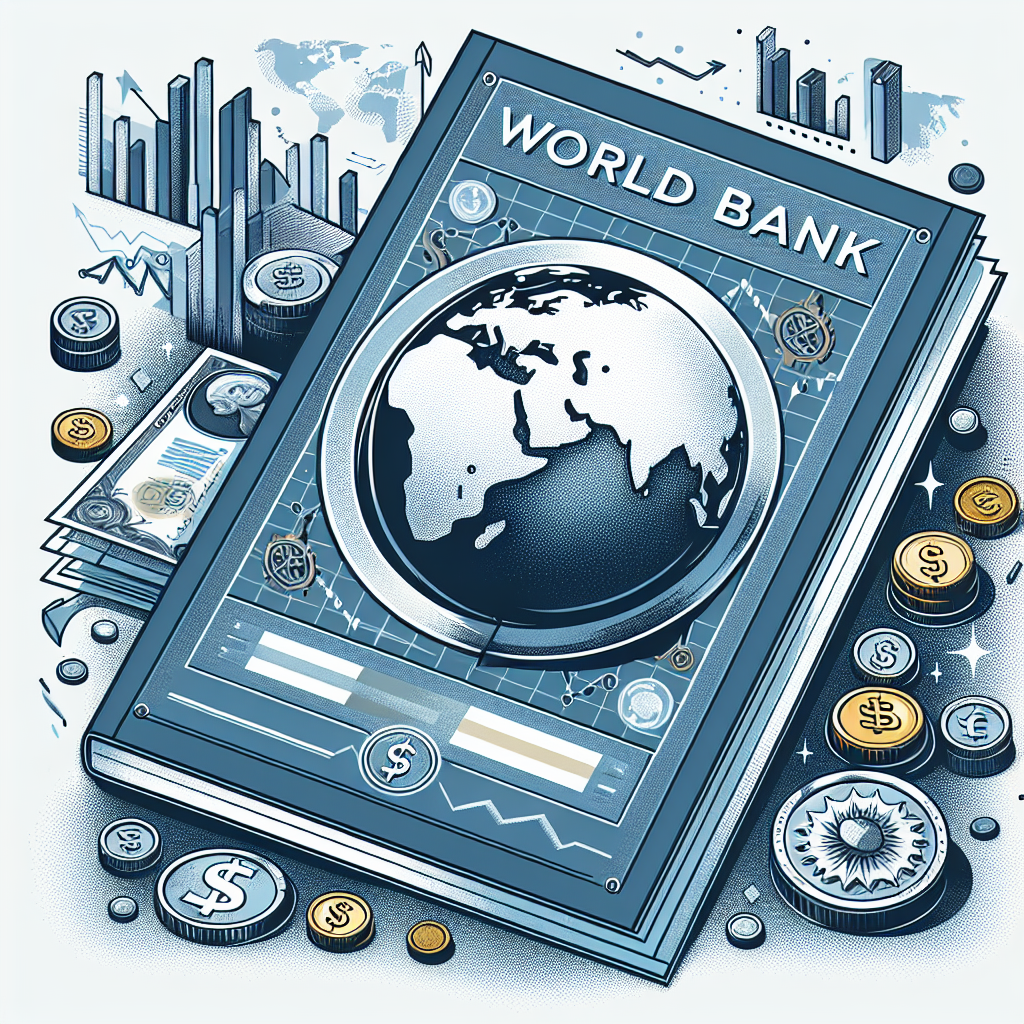World Bank Study Calls for Reforms to Tackle Inequality and Unlock Inclusive Growth in Africa
Sub-Saharan Africa is now the world’s second most unequal region, after Latin America, with extreme poverty rates remaining alarmingly high.

A new report by the World Bank reveals that unequal access to jobs, finance, and public services such as education and healthcare is exacerbating inequality and hindering poverty reduction efforts in Sub-Saharan Africa.
Released yesterday, the report, titled Leveling the Playing Field: Addressing Structural Inequalities to Accelerate Poverty Reduction in Africa, highlights how entrenched structural inequalities, such as those based on birthplace, ethnicity, gender, and parental background, are creating a disparity between a few who benefit from opportunities and the many who are left behind.
Africa's Struggle with Extreme Poverty and Inequality
Sub-Saharan Africa is now the world’s second most unequal region, after Latin America, with extreme poverty rates remaining alarmingly high. While global extreme poverty has decreased significantly, Africa’s extreme poverty rate stood at 38% in 2022—the highest of any region—and continues to stagnate. This rate is particularly concerning given that Africa is home to 60% of the world’s extremely poor population, and this share is expected to rise to 87% by 2030 if significant reforms are not implemented.
The report emphasizes that inequality, rather than a lack of economic growth, is a key obstacle to poverty reduction in the region. For example, despite rapid economic growth, high levels of inequality have prevented many from sharing in the benefits of this progress.
Policy Recommendations for Tackling Inequality
To accelerate poverty reduction, the World Bank stresses the importance of broadening access to opportunities. The report cites examples of countries that have successfully implemented policies to reduce inequality and promote inclusive growth:
Ethiopia expanded land user rights starting in the early 2000s, which encouraged investment in agriculture and improved livelihoods.
Kenya saw a rise in financial inclusion with the introduction of mobile money services, helping households to better cope with economic shocks.
Ghana invested in primary education, which led to improved education completion rates, and implemented market reforms in the cocoa sector that boosted agricultural incomes.
"There is nothing inevitable about structural inequalities. As successful country examples show, barriers to opportunities can be removed with well-designed policies that empower people to build their productive capacities," said Nistha Sinha, co-author of the report.
Challenges in Access to Education, Energy, and Infrastructure
The report underscores that the poorest children in Sub-Saharan Africa face significant barriers to accessing education, with those from the lowest-income households being the least likely to complete school. Furthermore, while 70% of non-poor households have access to electricity, only 32% of poor households have the same access, which further limits their opportunities for economic participation.
In addition to limited access to basic services, market and institutional distortions also hinder many from reaching their full productive potential. As a result, many young people from poor households are forced into insecure, low-paying jobs in the informal sector, perpetuating cycles of poverty.
Four Key Policy Areas to Address Structural Inequality
The report outlines four priority areas for policymakers to focus on in order to reduce inequality and unlock economic potential:
Strengthening economic and institutional foundations: This includes removing competition barriers and safeguarding property rights to promote economic fairness.
Investing in education, health, and infrastructure: These investments build human capital and productive capacity, laying the groundwork for long-term prosperity.
Enabling markets to create jobs: Improving access to capital, technology, and markets can help create jobs and stimulate inclusive growth.
Using government resources equitably: Progressive taxation and efficient public spending can ensure that resources are distributed fairly, benefiting all citizens.
“These policy priorities are not isolated, but mutually reinforcing. Together, they can create a level playing field and enhance the region’s productive capacity,” said Gabriela Inchauste, co-author of the report.
The Path to Inclusive Growth
By addressing the structural inequalities that limit access to opportunities, Sub-Saharan Africa has the potential to unlock inclusive growth, reduce poverty, and create new opportunities for millions of people. The World Bank report calls for comprehensive reforms and targeted investments in human capital, infrastructure, and economic policies to build a more equitable future for the region.
Through these efforts, Sub-Saharan Africa can overcome the challenges of inequality and accelerate its journey toward sustainable development and poverty reduction.
- READ MORE ON:
- World Bank










